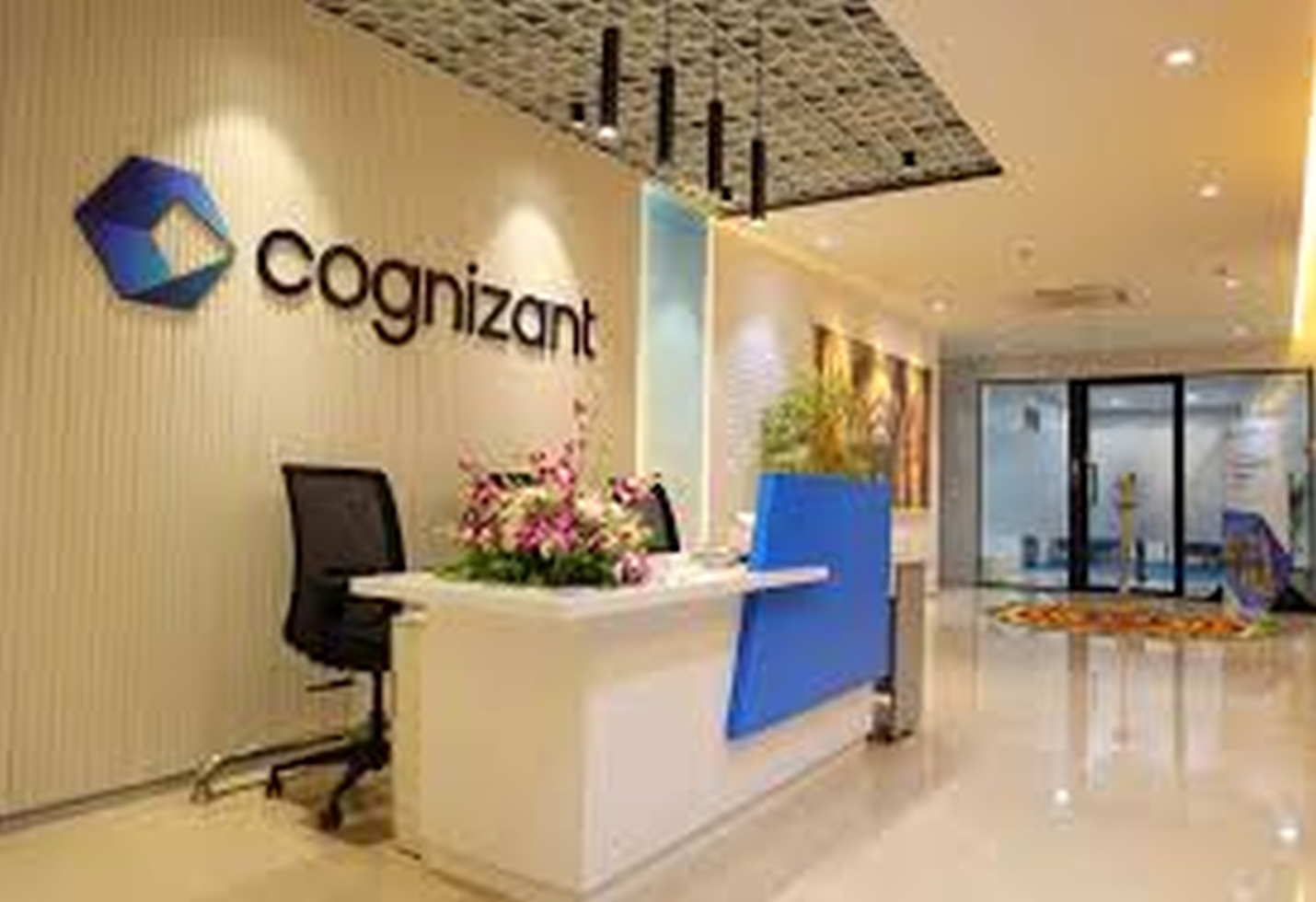API Price Drop: Boost for Indian Pharma Profits!
A sharp fall in API prices, driven by global overcapacity and China’s aggressive pricing, coupled with rising domestic production, offers significant margin respite for India’s pharmaceutical companies.
Summary:
India’s pharmaceutical sector is witnessing a positive shift as the prices of Active Pharmaceutical Ingredients (APIs) continue to decline. This trend, led by oversupply from Chinese manufacturers and supported by India’s increasing domestic API production, is easing input cost pressures for Indian drugmakers. With government incentives boosting local manufacturing and raw material costs softening, industry analysts predict improved profit margins and a more competitive Indian pharma industry on the global stage.
API Price Drop Offers Much-Needed Breather for Indian Pharma Companies
India’s pharmaceutical industry, often hailed as the “pharmacy of the world,” is finally seeing a respite from margin pressure as the prices of Active Pharmaceutical Ingredients (APIs) — the core raw materials for drug manufacturing — have plunged significantly in recent months.
The sharp fall in API prices is being attributed to a combination of factors, including overcapacity from Chinese suppliers, aggressive pricing strategies, and a ramp-up in domestic production spurred by the Indian government’s Production Linked Incentive (PLI) scheme. The result: eased cost pressure on Indian pharmaceutical companies, many of whom have been reeling under inflationary stress and supply chain disruptions since the pandemic.
Chinese Overcapacity: Catalyst for the Crash
The API price slump is largely being driven by excess supply from China, the world’s largest producer of bulk drugs. After aggressively scaling up production capacities during the COVID-19 pandemic, Chinese API manufacturers are now grappling with surplus inventory. This has forced them to adopt aggressive export pricing strategies, creating a downward trend in global API prices.
According to industry data, prices for several high-volume APIs — such as paracetamol, azithromycin, and ibuprofen — have fallen between 25% and 50% compared to 2022 highs. This has benefitted Indian formulators significantly, as APIs typically account for 40%–60% of formulation costs.
Government Incentives Bear Fruit
The Indian government’s push for self-reliance in bulk drug production, particularly through the PLI scheme for APIs, has started to show tangible results. Domestic production of critical Key Starting Materials (KSMs) and intermediates has gone up, reducing import dependency — especially on China, which previously supplied over 60% of India’s API requirements.
Several Indian companies, such as Granules India, Aurobindo Pharma, and Laurus Labs, have expanded or commissioned new API manufacturing plants under this scheme, leading to better supply availability and price competition in the local market.
The net impact: even domestically sourced APIs have become cheaper, creating a double benefit for Indian pharma firms.
Margin Boost Across the Board
The drop in raw material prices is improving the cost structures of Indian pharmaceutical companies, particularly those focused on generic drugs and contract manufacturing. Firms with large-scale operations in exports — such as Sun Pharma, Dr. Reddy’s, Cipla, and Lupin — are now better positioned to improve EBITDA margins, increase operating leverage, and boost competitiveness in overseas markets, especially the US and Europe.
According to brokerage estimates, gross margin improvements of 150–250 basis points are expected in the upcoming quarters if API prices remain subdued. Many companies may also reinvest these savings into R&D, capacity expansion, and digital transformation.
“This is a much-needed breather for the Indian pharmaceutical sector after several quarters of subdued earnings due to elevated input costs and price erosion in the US generics market,” said a pharma analyst at Motilal Oswal.
Competitive Edge in Global Markets
Lower input costs will enable Indian firms to offer more competitive pricing in international tenders and export contracts. This is especially relevant in the US generics space, where price wars have eroded margins drastically over the past five years.
Moreover, Indian exporters will benefit from favourable currency trends and reduced freight costs, which further enhance cost advantages and bottom-line profitability. Companies are expected to gain market share from higher-cost producers in Europe and Latin America.
Domestic Pharma Outlook Turns Positive
At home, lower API prices are likely to improve pricing dynamics for formulations sold in India. While price caps by the National Pharmaceutical Pricing Authority (NPPA) limit the upside for many essential drugs, improved input cost efficiencies will still benefit manufacturers in branded generics, over-the-counter (OTC), and consumer health segments.
This could translate into more affordable medicines for consumers without hurting producer profitability — a win-win scenario for the industry and public health alike.
Risks and Cautions
Despite the current positivity, experts advise caution. The current pricing scenario may not be sustainable in the long term, especially if:
Chinese players reduce output to stabilize prices
Global demand for APIs picks up
Environmental or regulatory crackdowns reduce production in China or India
In addition, any geopolitical disruption or new wave of COVID-19 or similar global health emergencies could again trigger supply chain bottlenecks, reversing the trend.
Therefore, companies are advised to hedge risks by entering long-term procurement contracts, diversifying supply chains, and continuing investments in domestic backward integration.
Conclusion: A Timely Tailwind for Indian Pharma
The sharp fall in API prices is acting as a timely tailwind for Indian pharmaceutical companies, many of which are now well-positioned to rebound in profitability and global market share. With supportive government policies, increased domestic production, and easing input cost inflation, India’s pharma sector is poised for a stronger performance in FY2025 and beyond.
While global headwinds remain, the current trend offers a strategic opportunity for Indian firms to reinforce their competitive advantage and invest in future-ready capabilities such as complex generics, biosimilars, and digital health platforms.
The image added is for representation purposes only










